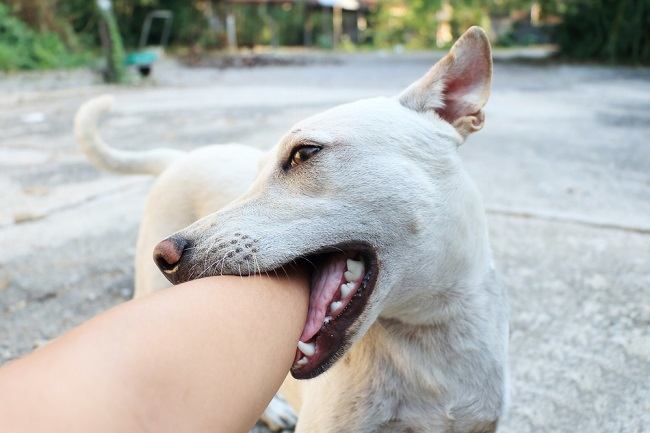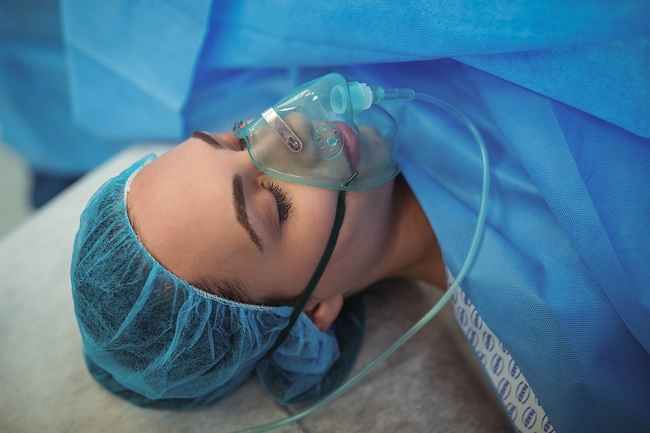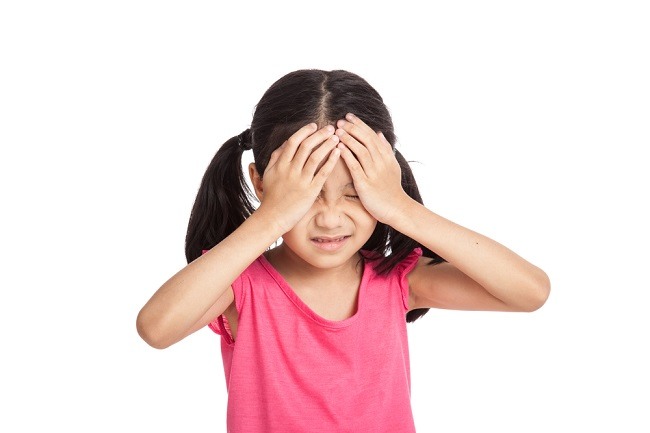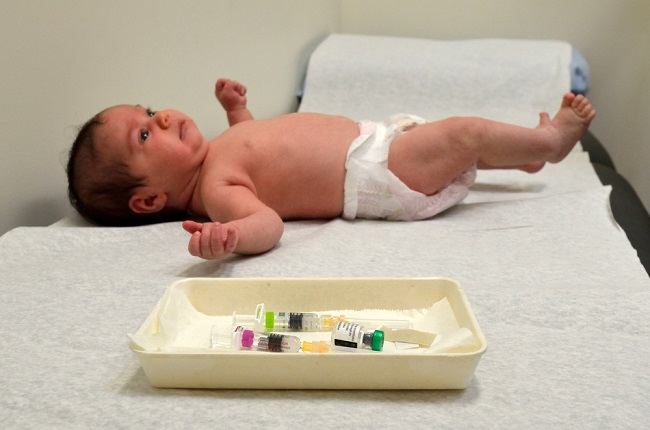Trisomy 13 (trisomy 13) is a serious genetic disorder caused by by the presence of an extra copy of chromosome 13 in some or all of the body's cells. Trisomy 13 is also known as Patau syndrome. This condition will make the baby born with physical abnormalities and intellectual disorders.
Under normal conditions, the fetus will have 23 pairs of chromosomes, which are genetic carriers that are passed down from parents. While in trisomy 13, the sufferer will have more copies of chromosome 13 that there should only be a pair.

Trisomy 13 or Patau syndrome causes impaired fetal growth and development, thereby increasing the risk of miscarriage, fetal death in the womb, or death of the baby some time after birth. Only 5–10% of babies with trisomy 13 live beyond 1 year of age.
Causes of Trisomy 13
Trisomy 13 is caused by a genetic abnormality during the fertilization process, which is the process by which sperm cells and egg cells unite to form a fetus. The disorder causes an extra copy of chromosome 13.
In addition to genetic disorders, additional copies of chromosome 13 can also occur due to the attachment of chromosome 13 to other chromosomes (translocation trisomy 13). Translocation trisomy It is a condition that is passed down from parents to children.
Based on the extra copies formed, trisomy 13 is classified into:
- Simple trisomy 13, i.e. when there is an extra 1 copy of chromosome 13 in all body cells
- Mosaic trisomy 13, which is when there is an extra 1 copy of chromosome 13 in some body cells
- Partial trisomy13, that is, when there is an extra partial incomplete copy of chromosome 13 in the body's cells
Simple trisomy 13 is the condition that causes the most severe symptoms compared to other types of trisomy 13. Sufferer simple trisomy 13 generally have a shorter lifespan than sufferers trisomy mosaic 13 dan partial trisomy 13.
Factors that are thought to increase the risk of genetic disorders causing trisomy 13 are the age of the mother at the time of pregnancy. The older the mother is when she is pregnant, the higher the baby's risk of developing genetic disorders, including trisomy 13.
Symptoms of Trisomy 13
Trisomy 13 can cause fetal development disorders. This syndrome makes babies born with low weight and suffer from various health problems.
Usually, babies who suffer from trisomy 13 also have brain structure disorders holoprosencephaly (HPE), which is a condition in which the brain is not divided into two parts. This can have an impact on the baby's facial features, causing symptoms such as:
- Harelip
- Structural disorders of the eyecoloboma)
- One or both eyes are smaller (microphthalmia)
- One or both eyeballs missing (anophalmia)
- The distance between the two eyes is too close (hypotelorism)
- Disorders of the development of the nasal passages
- The lower jaw is smaller than normal (micrognathia)
In addition to the symptoms above, the following conditions can also occur when a baby has trisomy 13:
- Microcephaly, which is the size of the baby's head that is smaller than the size of a normal baby's head
- Aplasia cutis, which is a condition where part of the scalp is missing or absent
- Deafness and ear deformities
- Hemangioma, which is a red birthmark that protrudes
- Polydactyly, which is an excessive number of fingers or toes
- Hernia, which is the protrusion of certain organs or body parts due to weakness
- Omphalocele, which is the discharge of an organ in the baby's abdominal cavity
- rocker bottom feet, i.e. the shape of the foot is rounded and the heel is protruding
- Cryptorchidism and very small penis size in baby boys
- Large clitoris in baby girls
When to go to the doctor
Signs and symptoms of Patau syndrome will be immediately visible when a new baby is born. The doctor will also immediately provide treatment according to the condition the baby is suffering from.
Pregnant women need to have regular check-ups with the doctor to determine the health condition and development of the fetus. Congenital abnormalities, such as trisomy 13, usually begin to be identified through prenatal care performed from 10–14 weeks of gestation.
Diagnosis of Trisomy 13
Trisomy 13 can be detected during pregnancy or after the baby is born. Here is the explanation:
Diagnosis during pregnancy
To check whether there is an abnormality in pregnancy, it can be done by the following methods:
1. Combined testChromosomal abnormalities can be seen from the amount of fetal DNA in the mother's blood and the level of fluid under the skin on the back of the fetal neck. This information can be found by doing combined test consisting of a blood test and nuchal translucency (NT) ultrasound.Combined test This is generally done in the early ages of pregnancy, which is around 10-14 weeks.
2. Ultrasound (USG) 3. Test cytogeneticsIf the fetus is suspected of having trisomy 13, then the cytogenetics will be done to check the chromosomes of the fetus. The following are some tests to detect chromosomal abnormalities that will be performed by the doctor: Trisomy 13 is sometimes only detected after the baby is born. This can be caused by pregnancy checks that are sometimes not carried out routinely by pregnant women. When the baby is born, the doctor will perform a physical examination of the baby and look for signs of trisomy 13 that he is experiencing. Then to confirm the diagnosis and the severity of the condition, the doctor can perform additional examinations, such as an X-ray or MRI scan. Trisomy 13 cannot be cured. Treatment aims to reduce the discomfort experienced by the baby, while ensuring that the baby gets adequate nutritional intake. People with trisomy 13 mostly die in the first year of life and rarely reach adolescence. Therefore, the doctor will be careful in deciding the right treatment method for the safety of the baby. Treatment for trisomy 13 can be therapy or surgery, depending on the symptoms and severity of the condition. Babies with trisomy 13 can have many serious health problems. Complications of trisomy 13 will usually arise since the baby is born. Some of the complications that can occur as a result of suffering from trisomy 13 are: During pregnancy, pregnant women need to undergo regular check-ups to the doctor. Routine examinations are useful for detecting disturbances or abnormalities in the fetus from an early age, so that treatment can be given immediately. The following is a recommended pregnancy control schedule: If you already have a child who has trisomy 13 caused by translocation trisomy 13, you and your partner need to undergo genetic counseling and testing. This aims to determine how big the risk of trisomy 13 occurs in subsequent pregnancies.Diagnosis when the baby is born
Trisomy 13 treatment
Complications of Trisomy 13
Prevention of Trisomy 13









